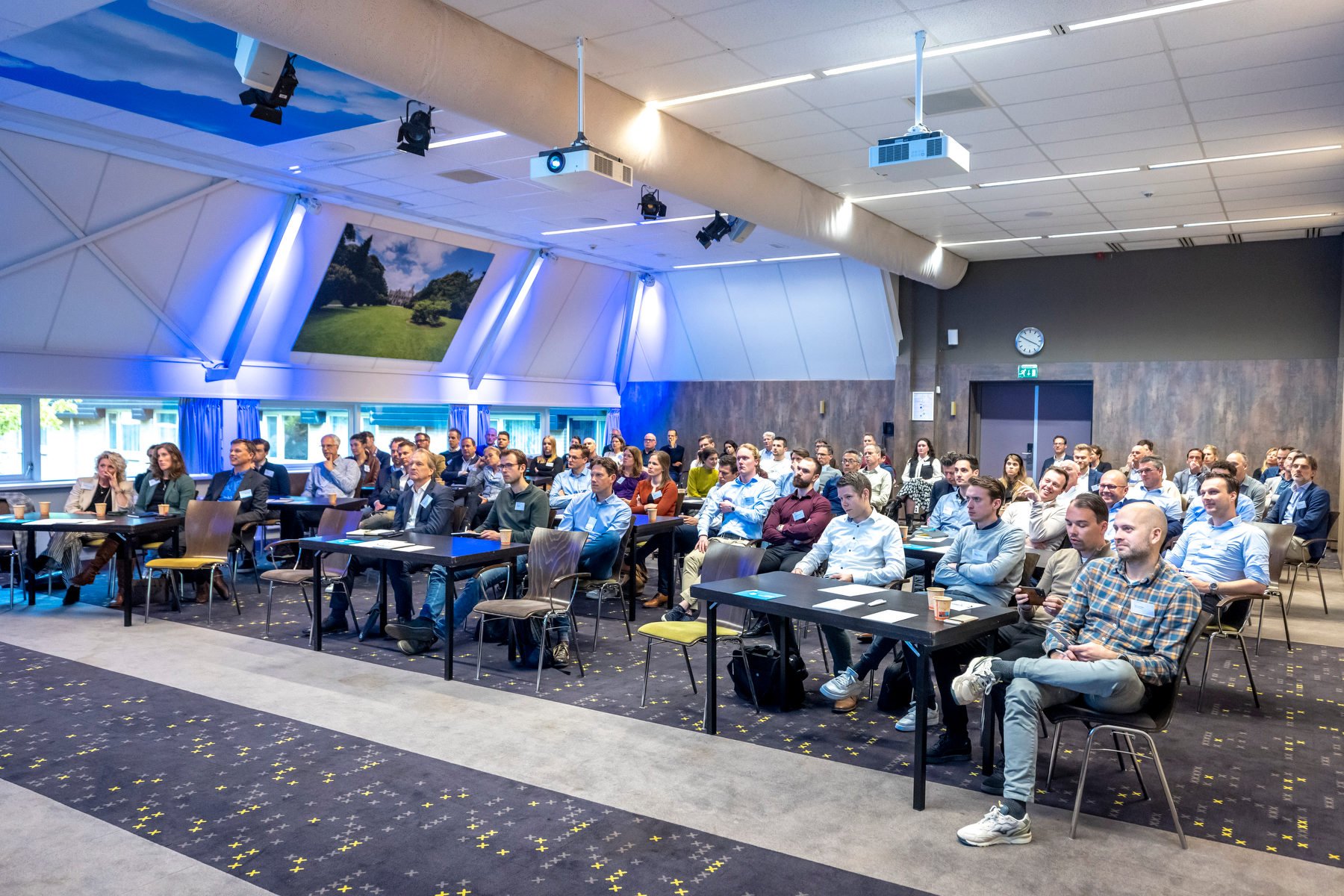IBP event shows that S&OP-IBP is top priority

The idea behind Involvation’s IBP event was to organise an interactive workshop with a small group of SOP-IBP professionals. Shortly after registration started, we found that our office building would not be big enough, indicating that IBP is high on the agenda in many companies!
IBP at FrieslandCampina
S&OP is a great process to optimise the supply chain, meet customer requirements and ensure that demand and supply are always balanced. “Essential in any company, even more so in FrieslandCampina, where the 9.4bn Kg of milk produced by its members has to be processed and sold every year”, explained Hans van der Drift, partner at Involvation. In 2022, FrieslandCampina embarked on a journey to transform its S&OP process into IBP. The initiative started with an analysis of the targeted business benefits. Essential, according to van der Drift, as IBP is a means to an end and not an objective in itself. Key question is how the business will benefit from this transformation.
In 2022, FrieslandCampina embarked on a journey to transform its S&OP process into IBP. The initiative started with an analysis of the targeted business benefits. Essential, according to van der Drift, as IBP is a means to an end and not an objective in itself. Key question is how the business will benefit from this transformation.
The idea behind IBP is to financialise the S&OP process, so trade-offs can be made based on financial figures. “If you look at volume data only, it is unlikely that you get the best financial outcomes. By making the financial impact explicit, e.g. in scenarios, you can select the options with the highest margin or even EBIT”.
Change management with a smile
The second part of the presentation was done by Teun Veldhuizen, associate consultant at Involvation. In this phase, the existing S&OP process had to be brought in line with the changed organisation structure first. A second key challenge that had to be addressed was the synchronsiation of the S&OP drumbeat with the financial performance management
cycle.
For FrieslandCampina, the biggest added value of the new process is the better valorisation
of its members’ milk. In the IBP process, the “supply driven” milk is allocated optimally to the
business groups and product categories, thereby optimising the profit of the total company.
 Most impressive part of Veldhuizen’s presentation was about change management. Sr. Mgt support for the project had been excellent, including the CEO running an extensive internal webinar to stress the importance of IBP for the company. An agency was hired to help shape a highly visual internal campaign, with funny stereotypes and catchy posters. This original change management approach was very effective in addressing any resistance and get all key functions on board.
Most impressive part of Veldhuizen’s presentation was about change management. Sr. Mgt support for the project had been excellent, including the CEO running an extensive internal webinar to stress the importance of IBP for the company. An agency was hired to help shape a highly visual internal campaign, with funny stereotypes and catchy posters. This original change management approach was very effective in addressing any resistance and get all key functions on board.
A final important success factor was the decision to allow localisation of the process, so the different product and market characteristics could be reflected: create a fit for purpose process by finding the right balance between global standardisation and meeting local requirements.
Work session
Final part of the event was a work session and interactive discussion on the “why – how –what” of IBP. This showed that maturity levels vary significantly between the participants, from operational S&OP to level 3-4 IBP processes in different companies. Full consensus on the dot on the IBP horizon though!



